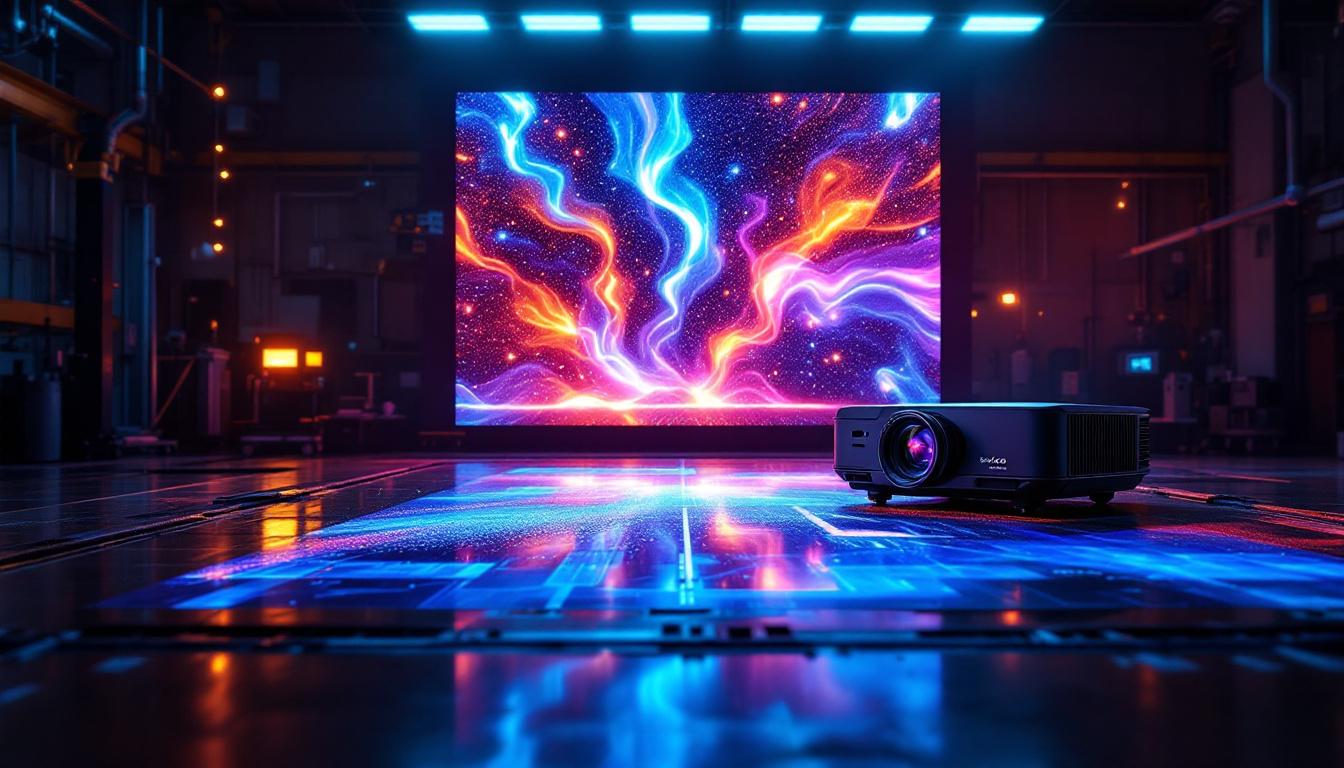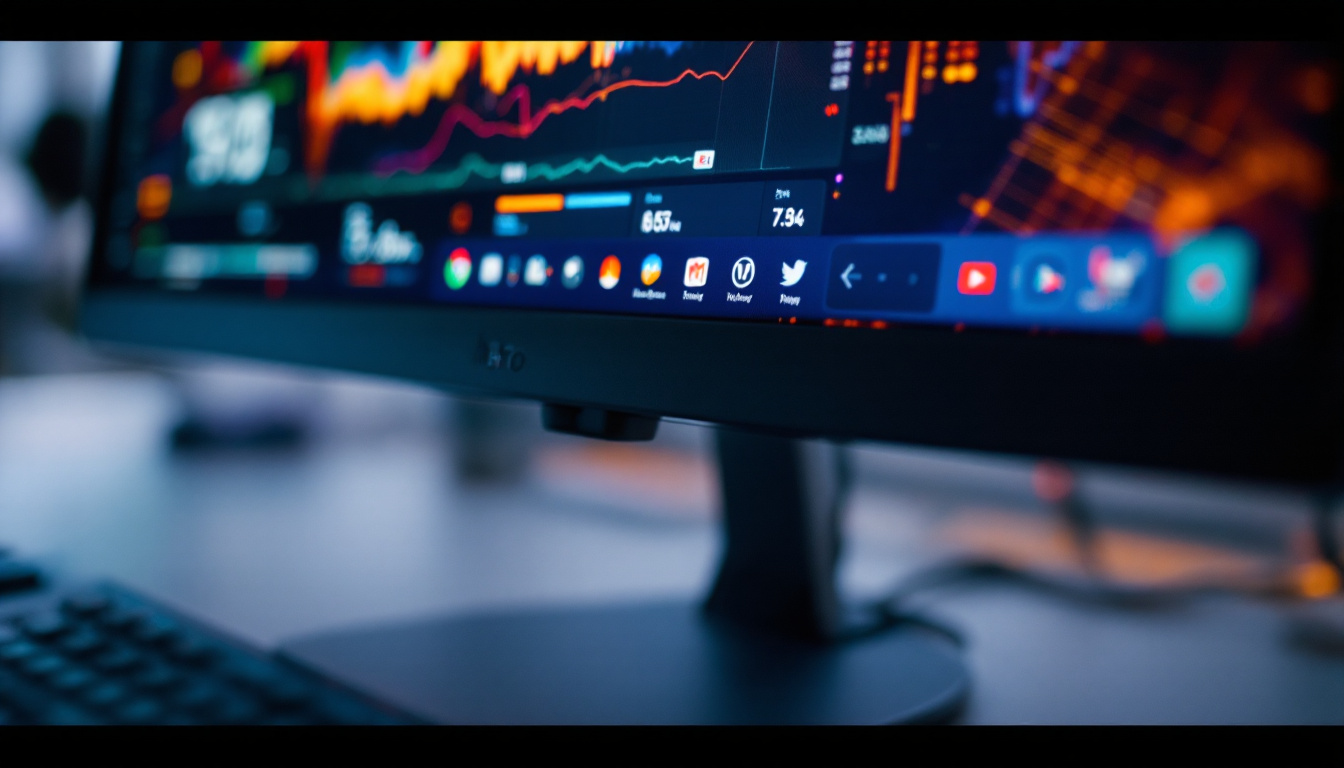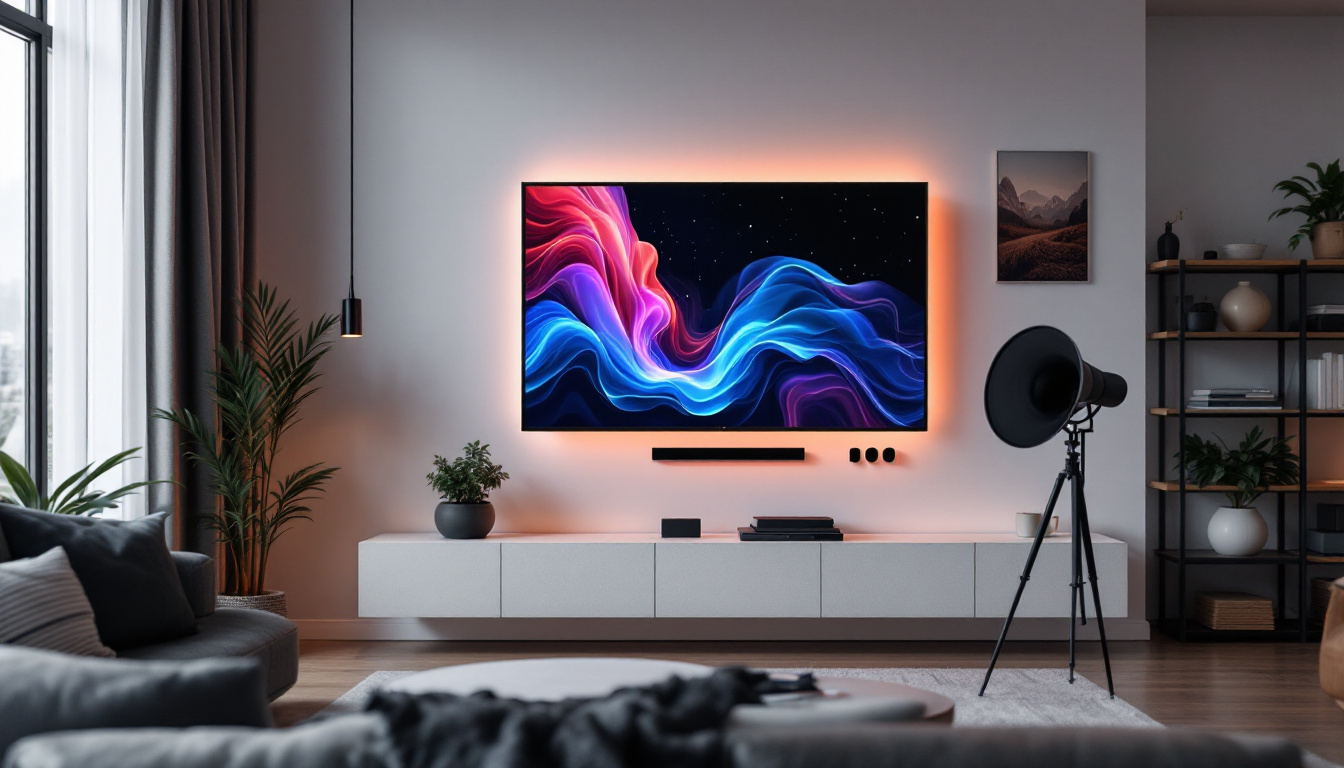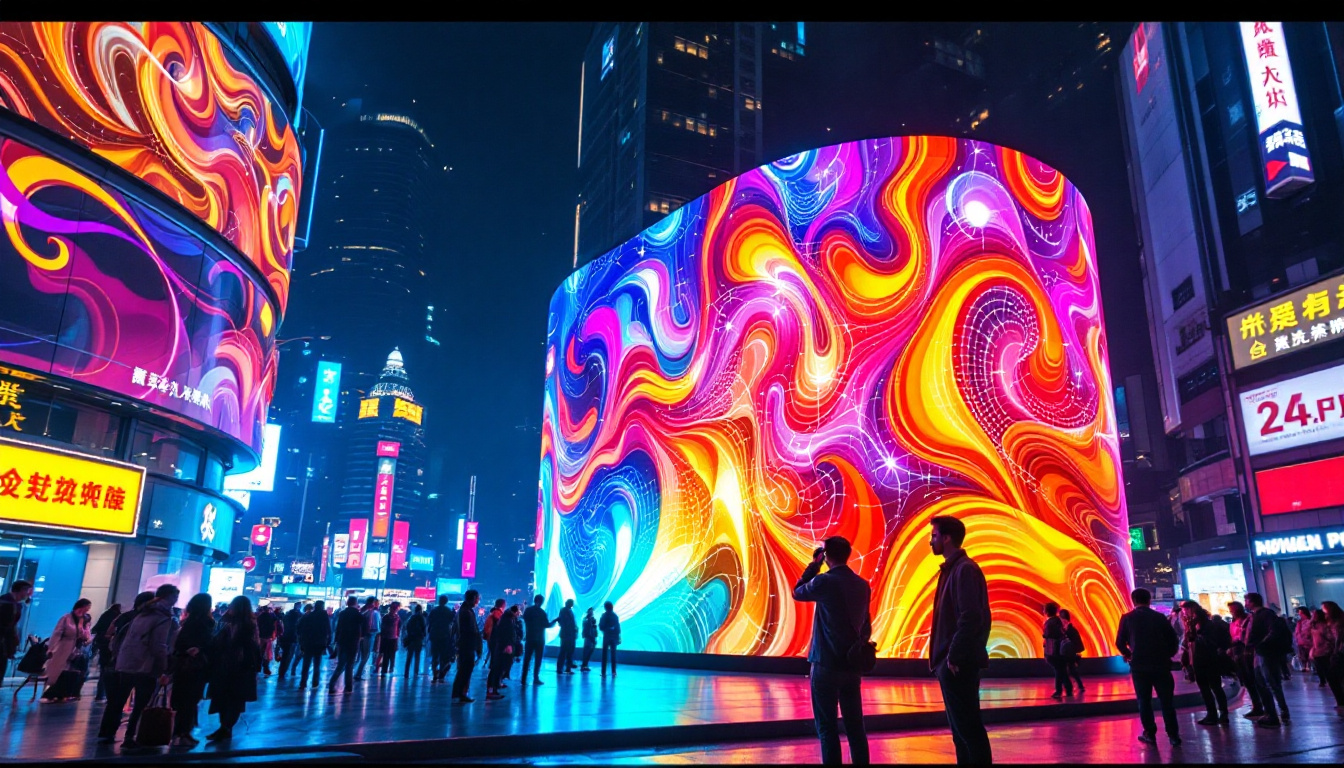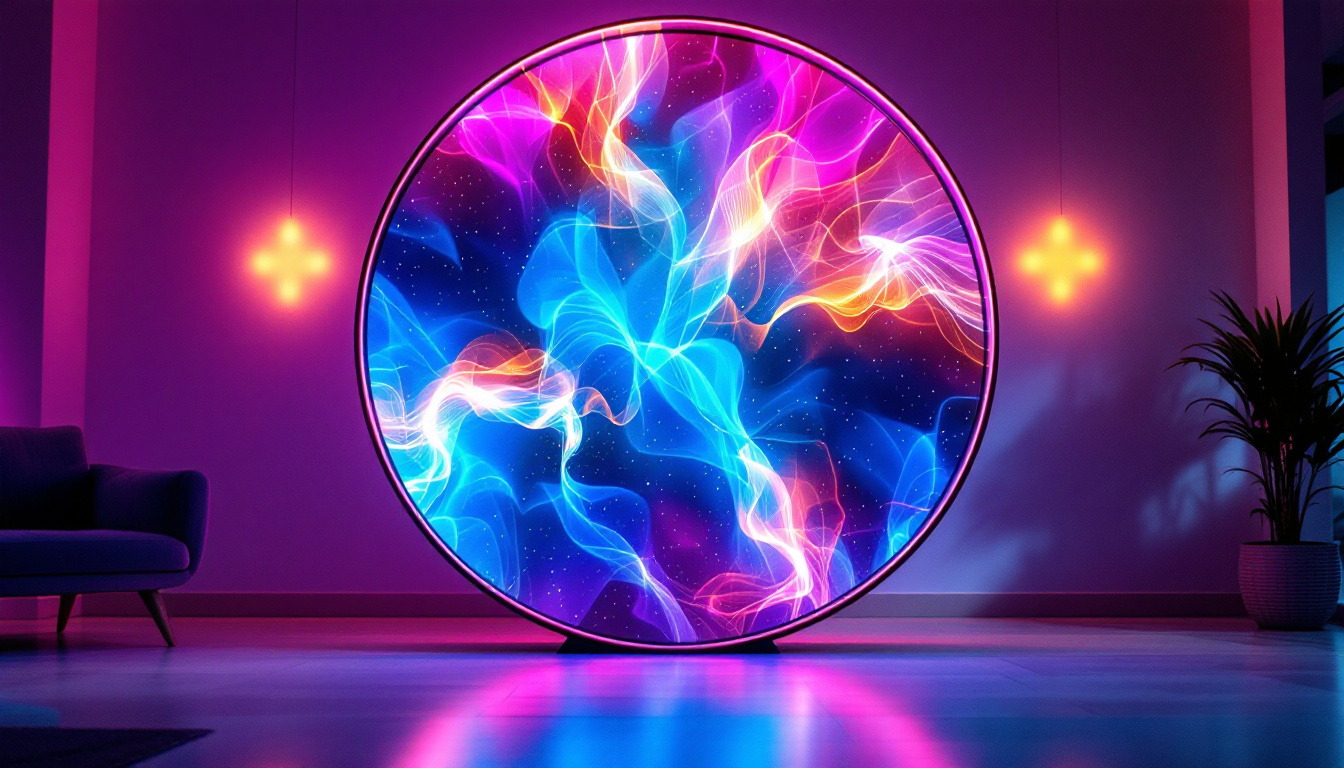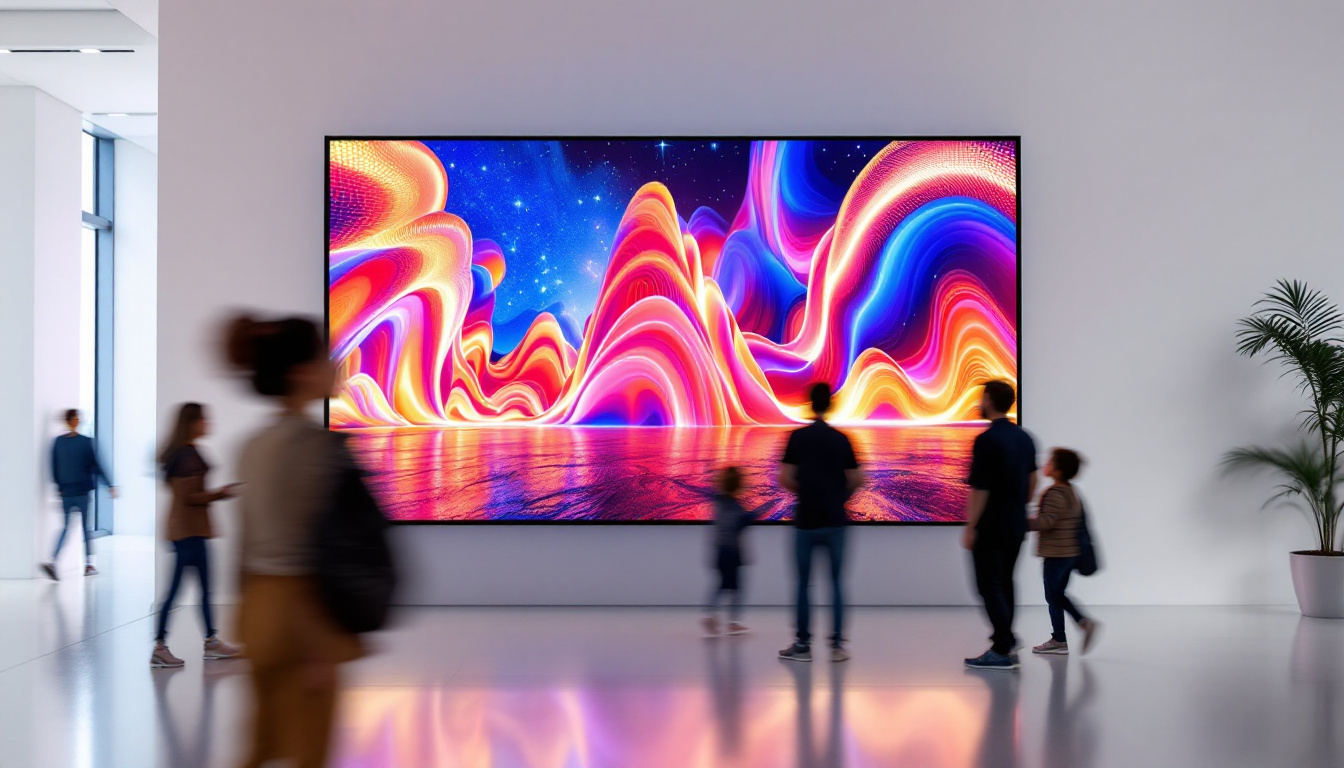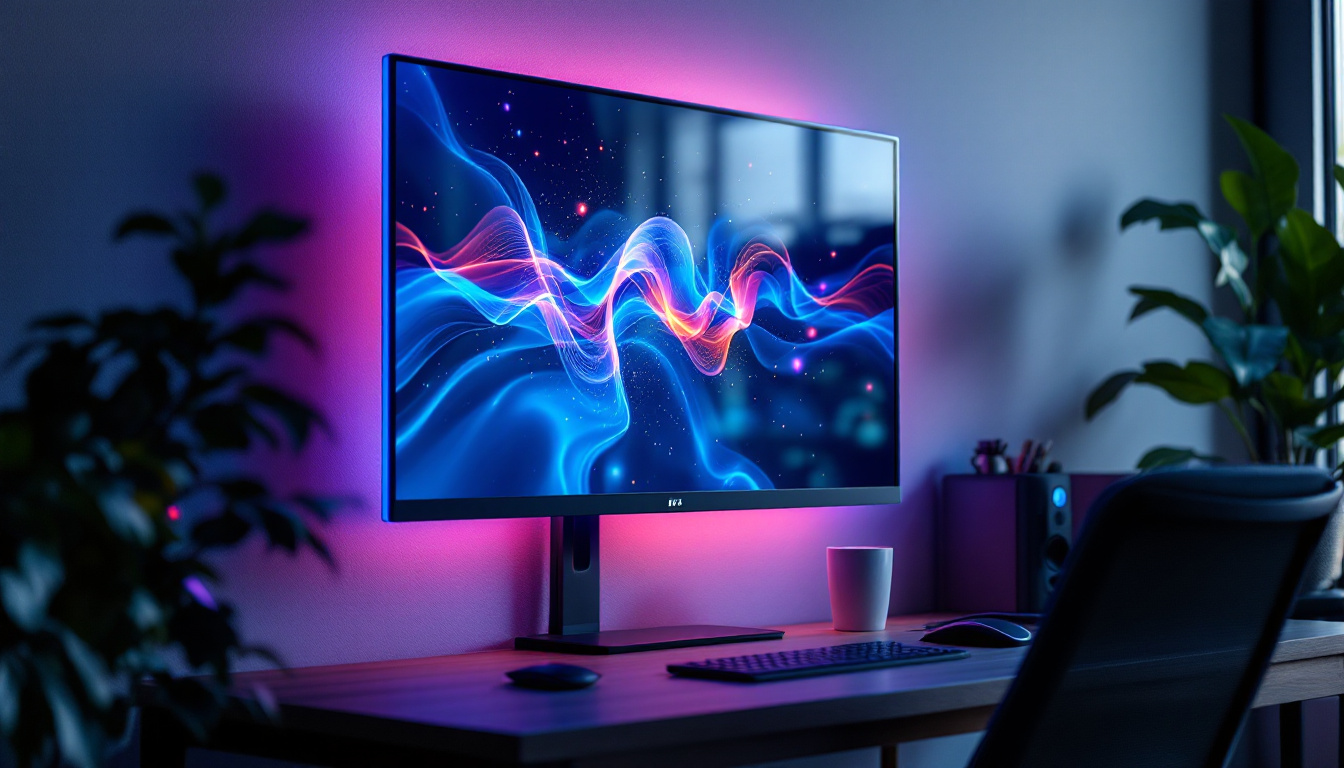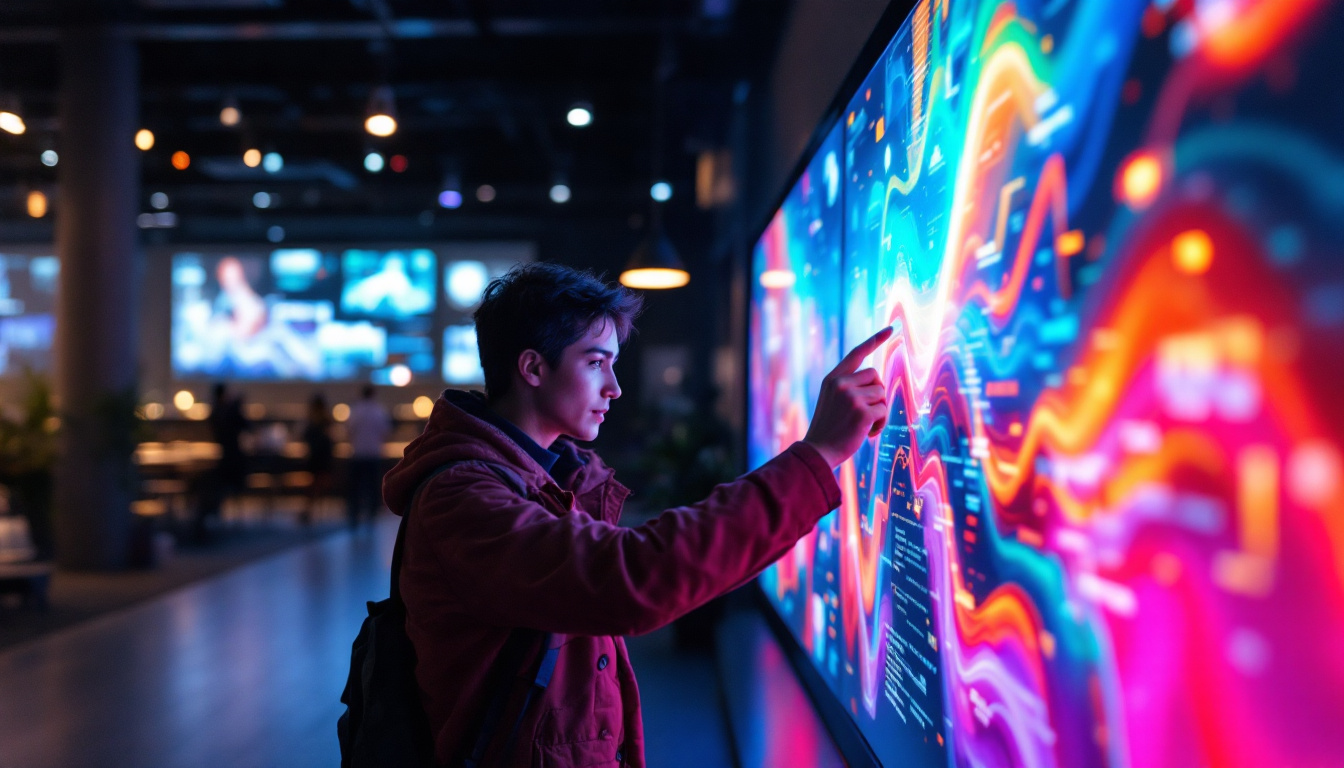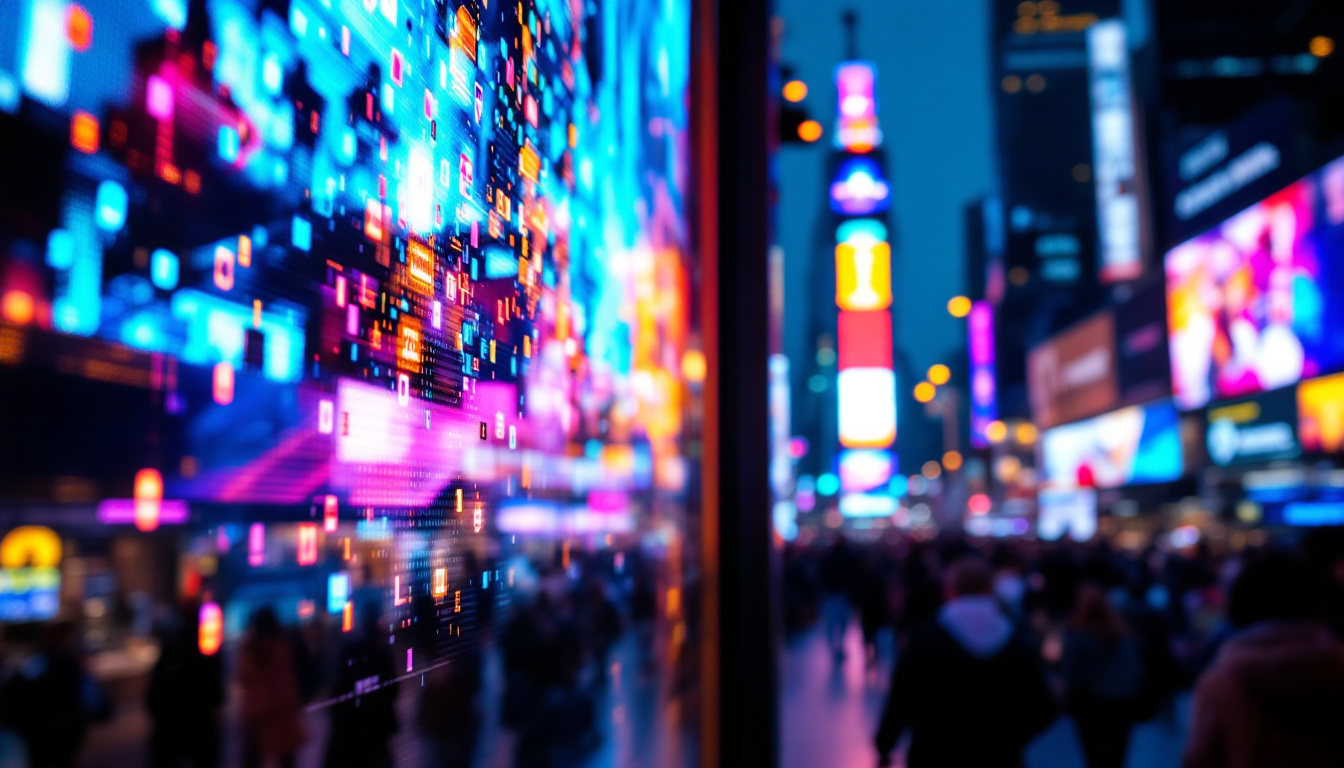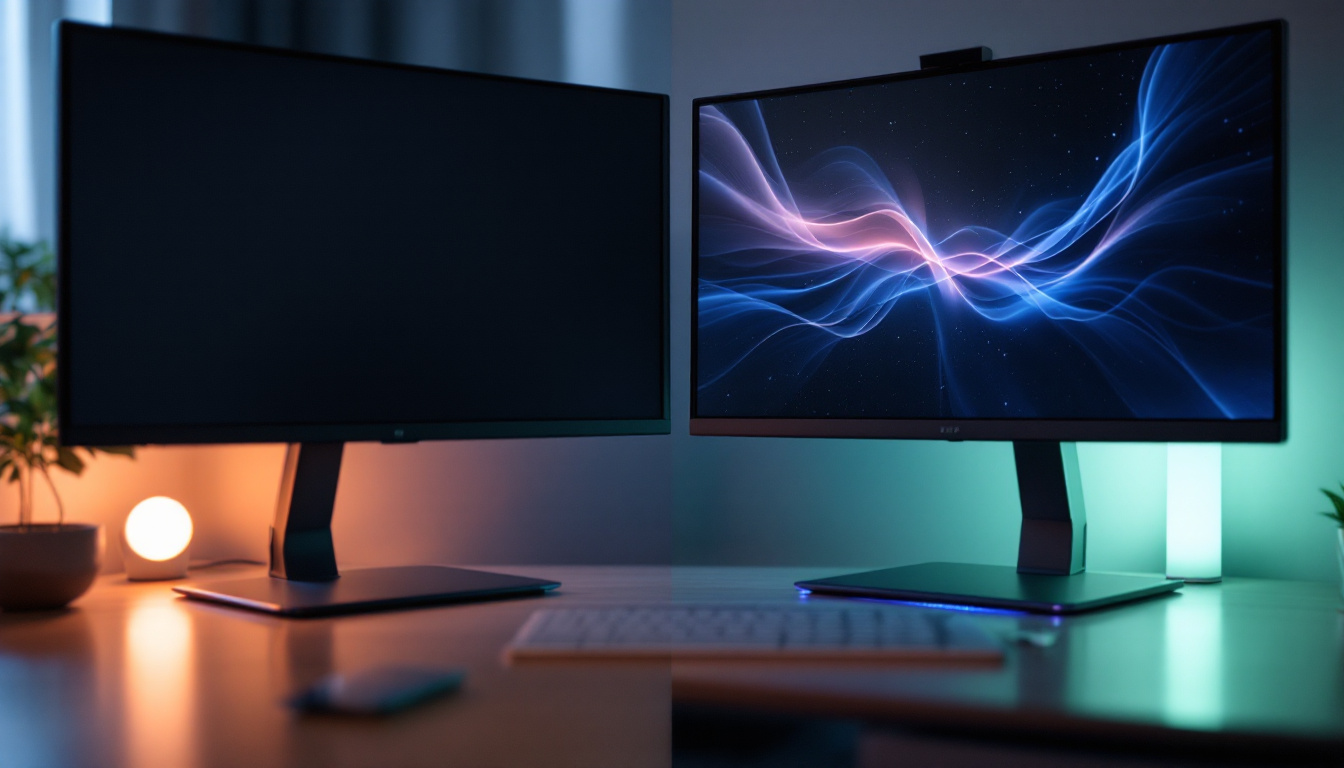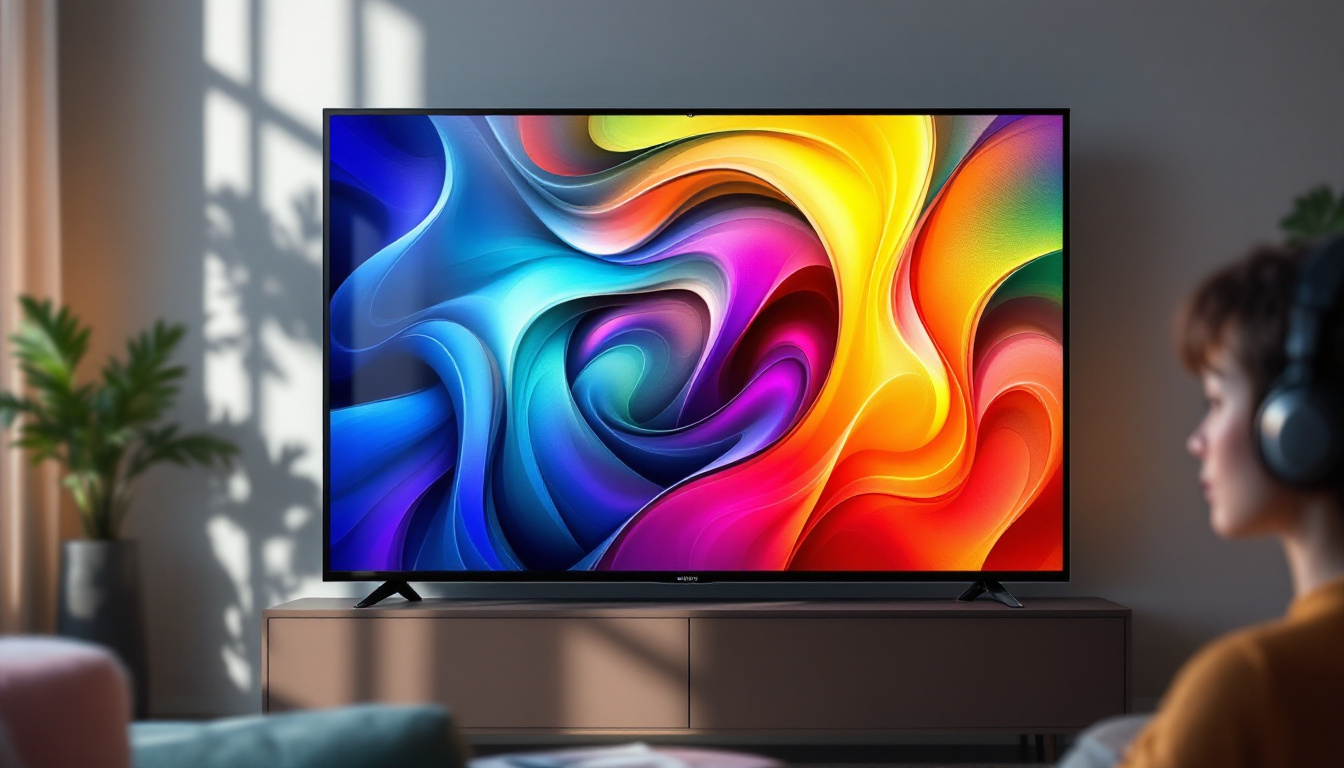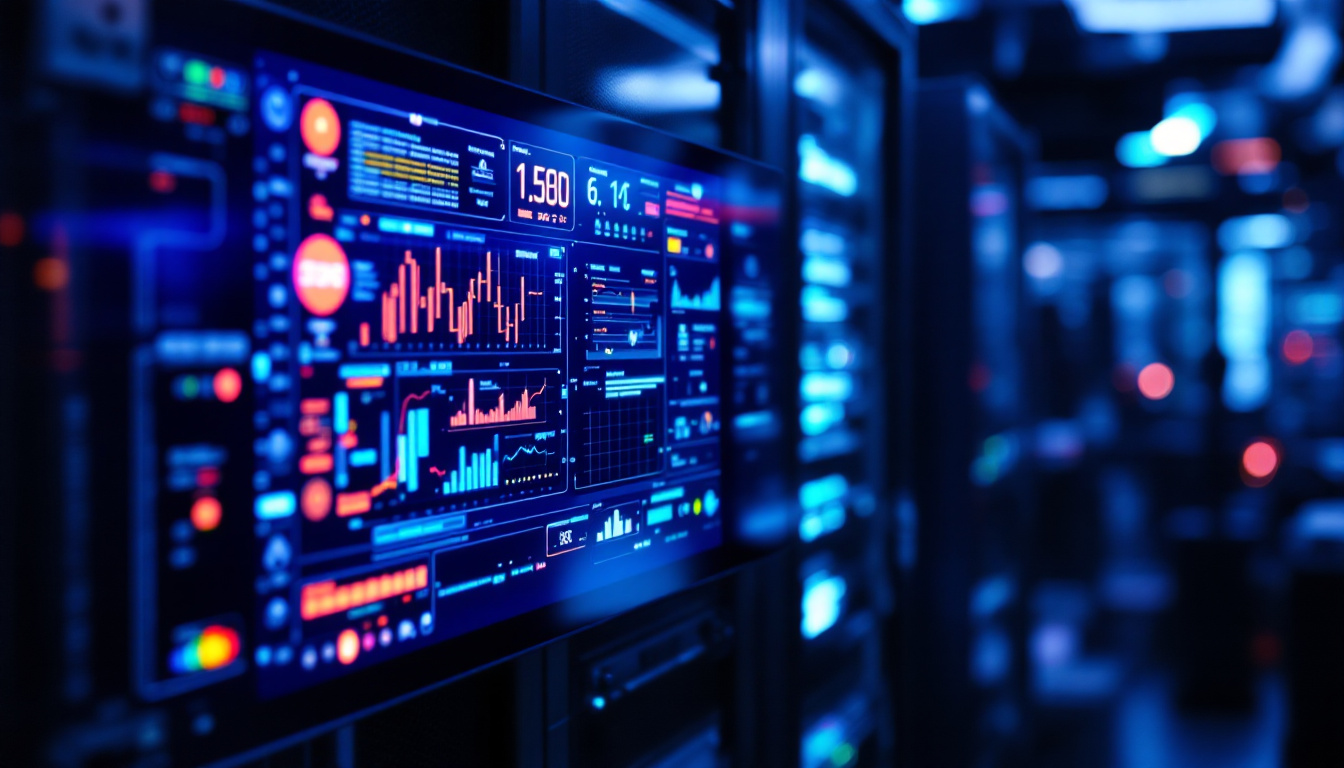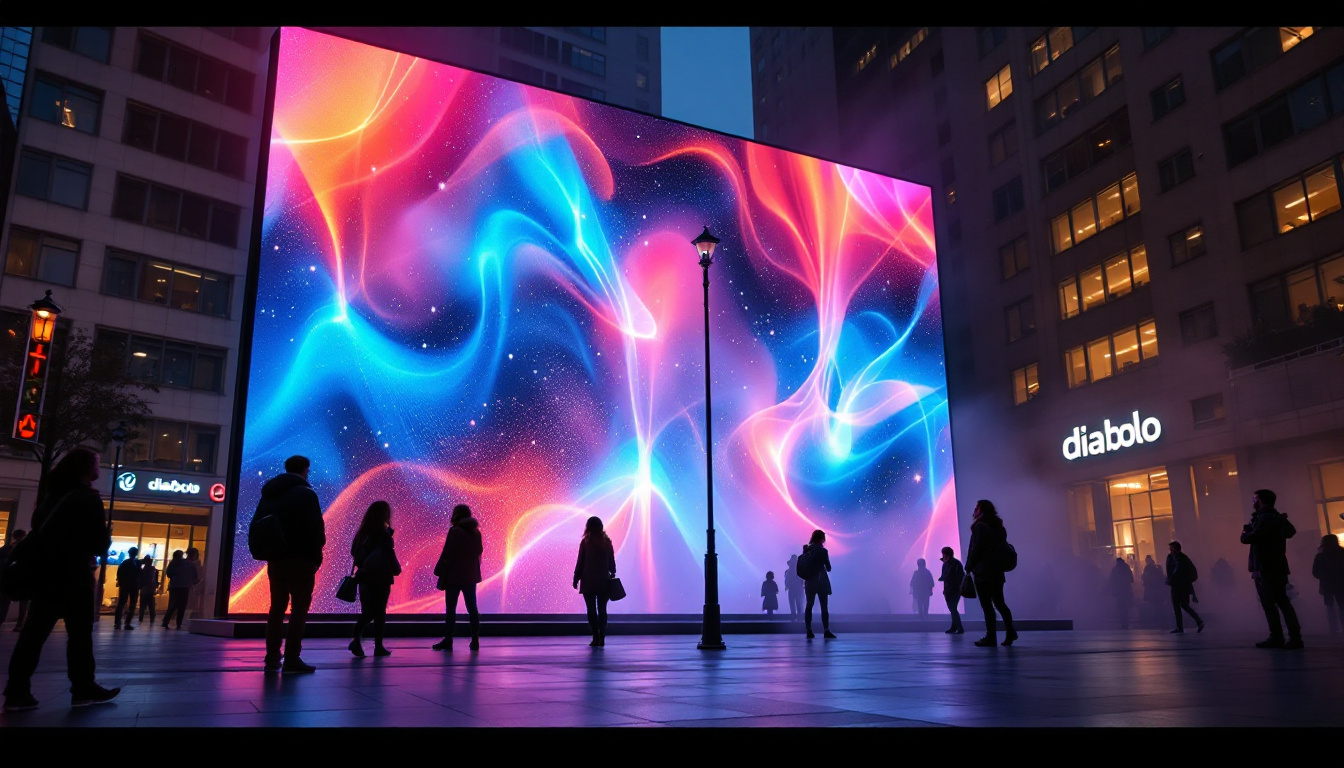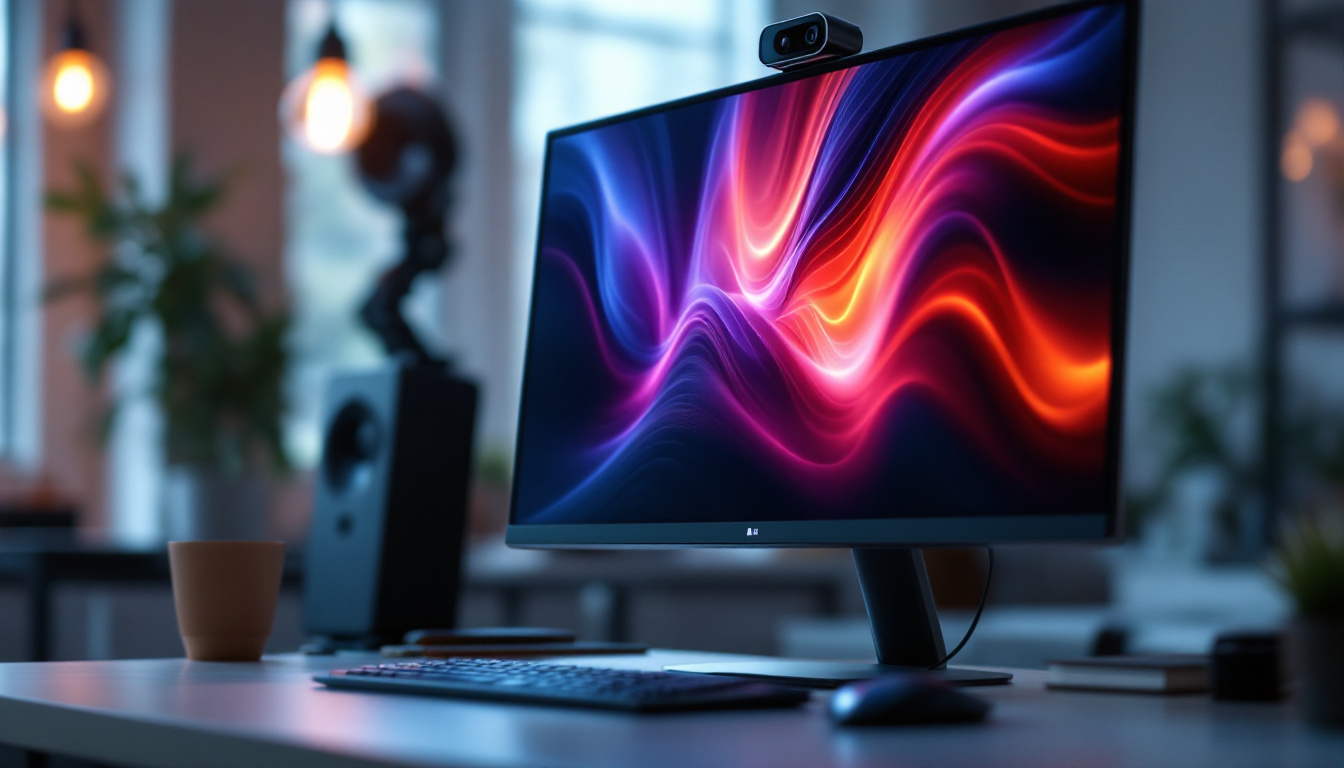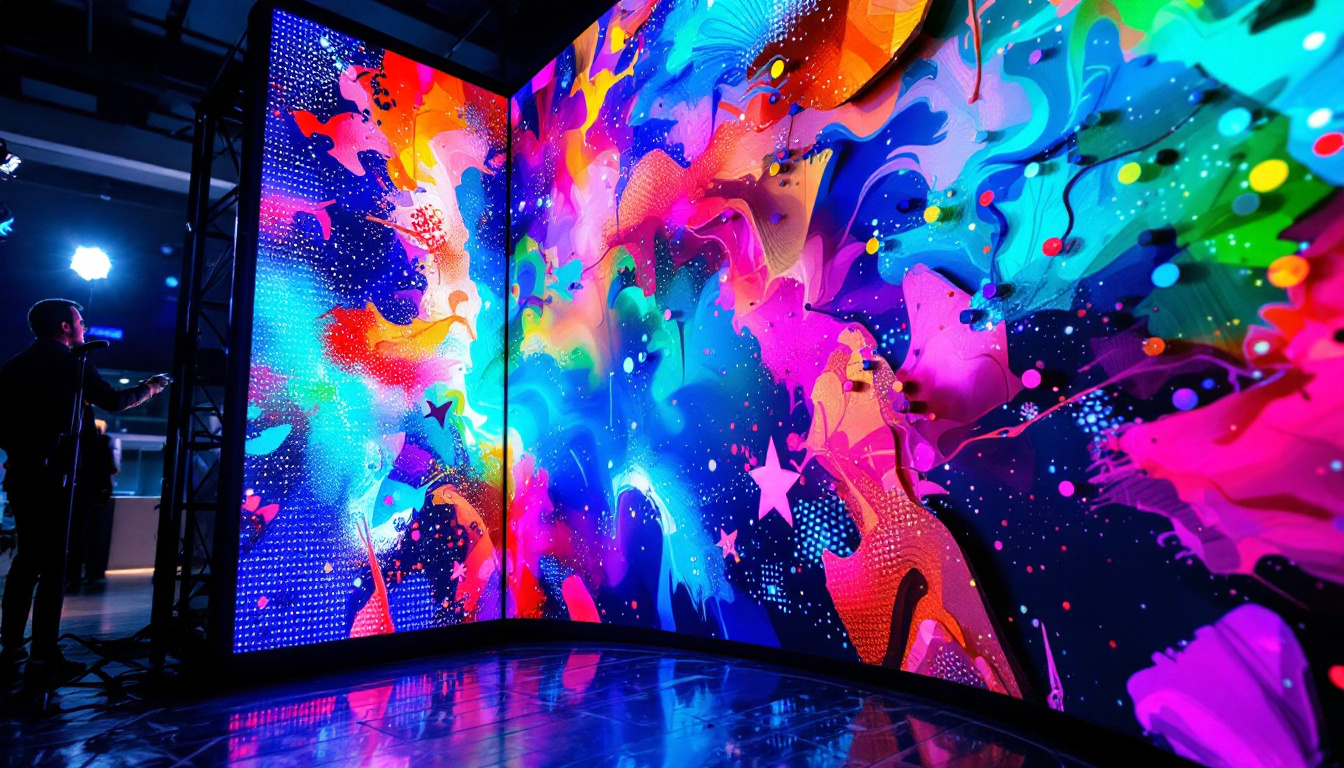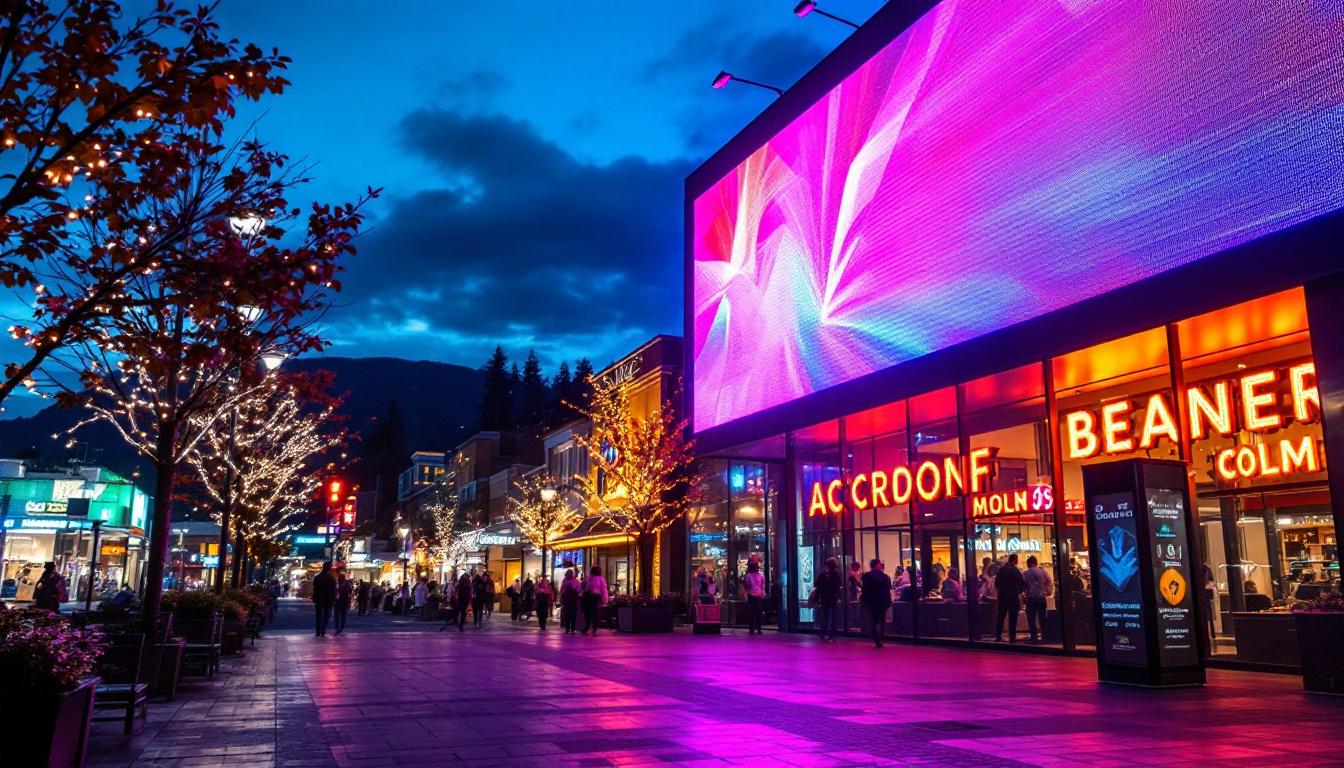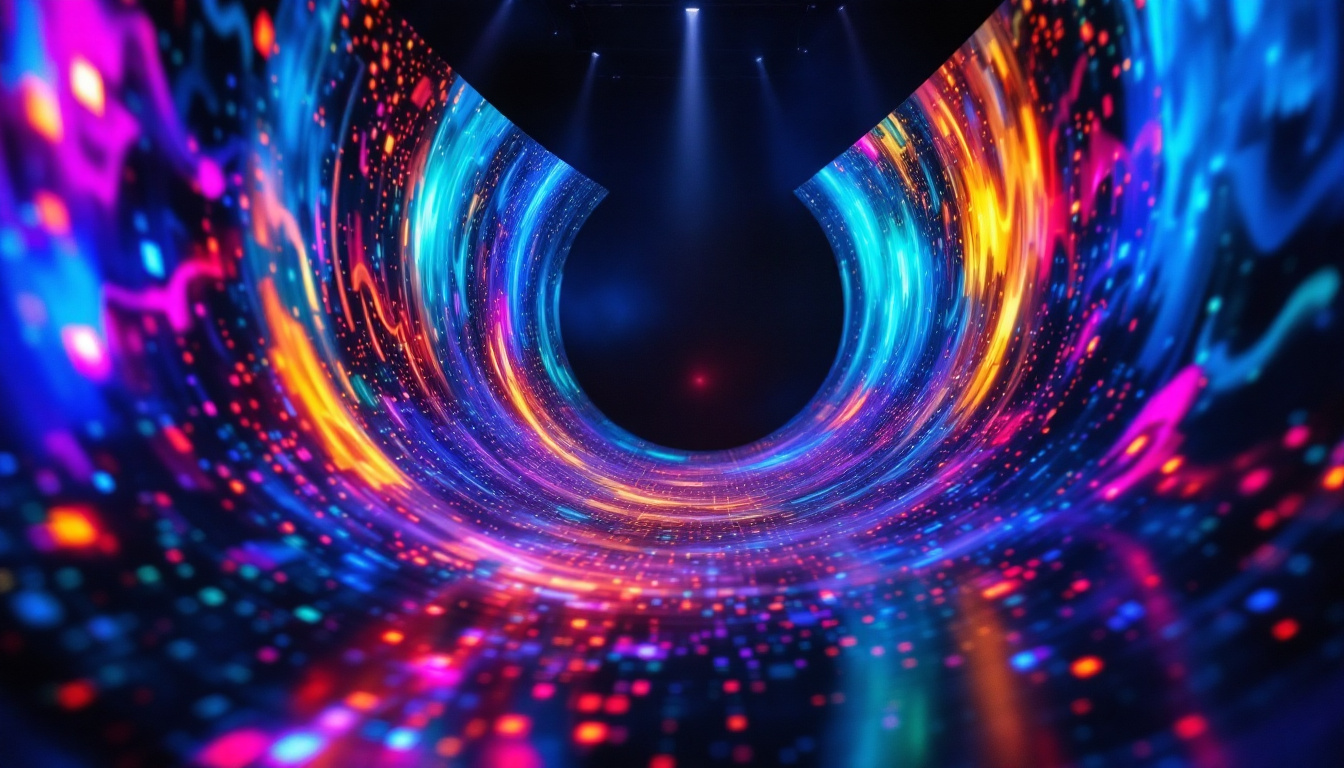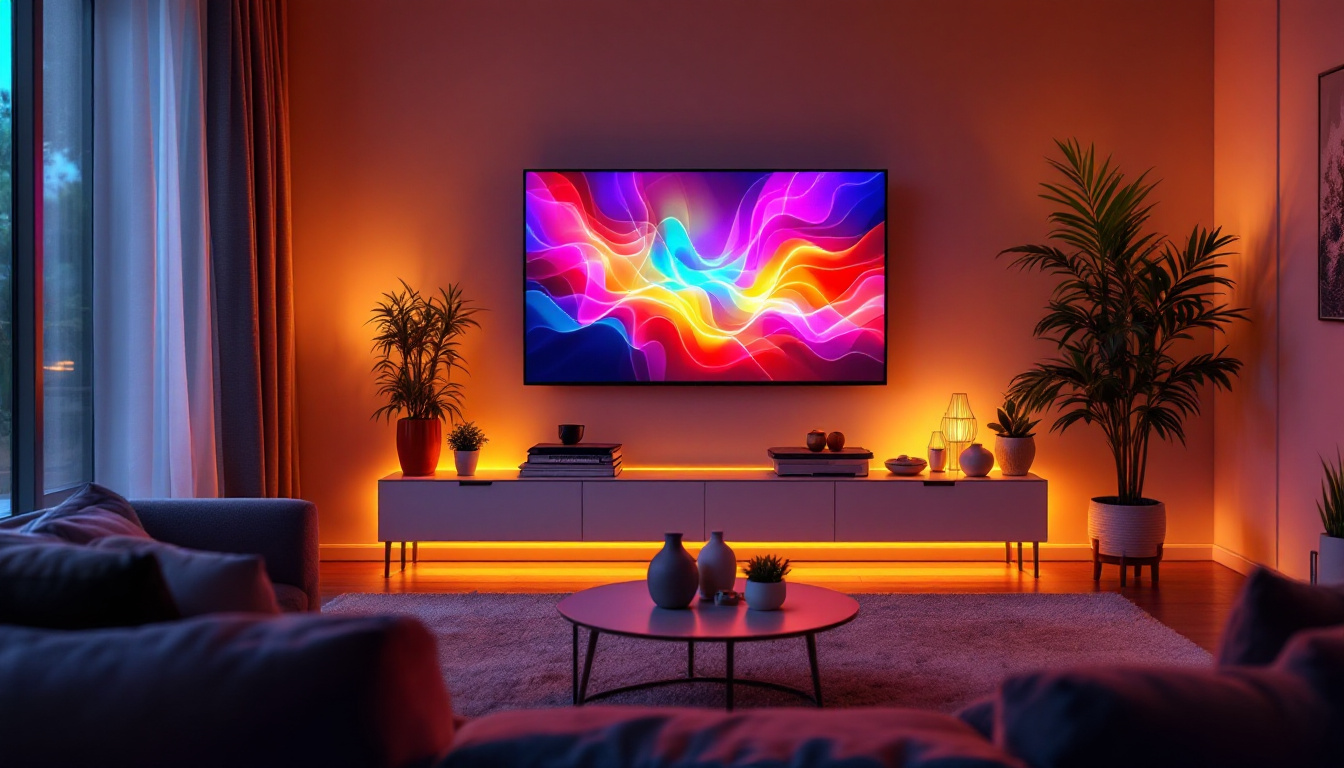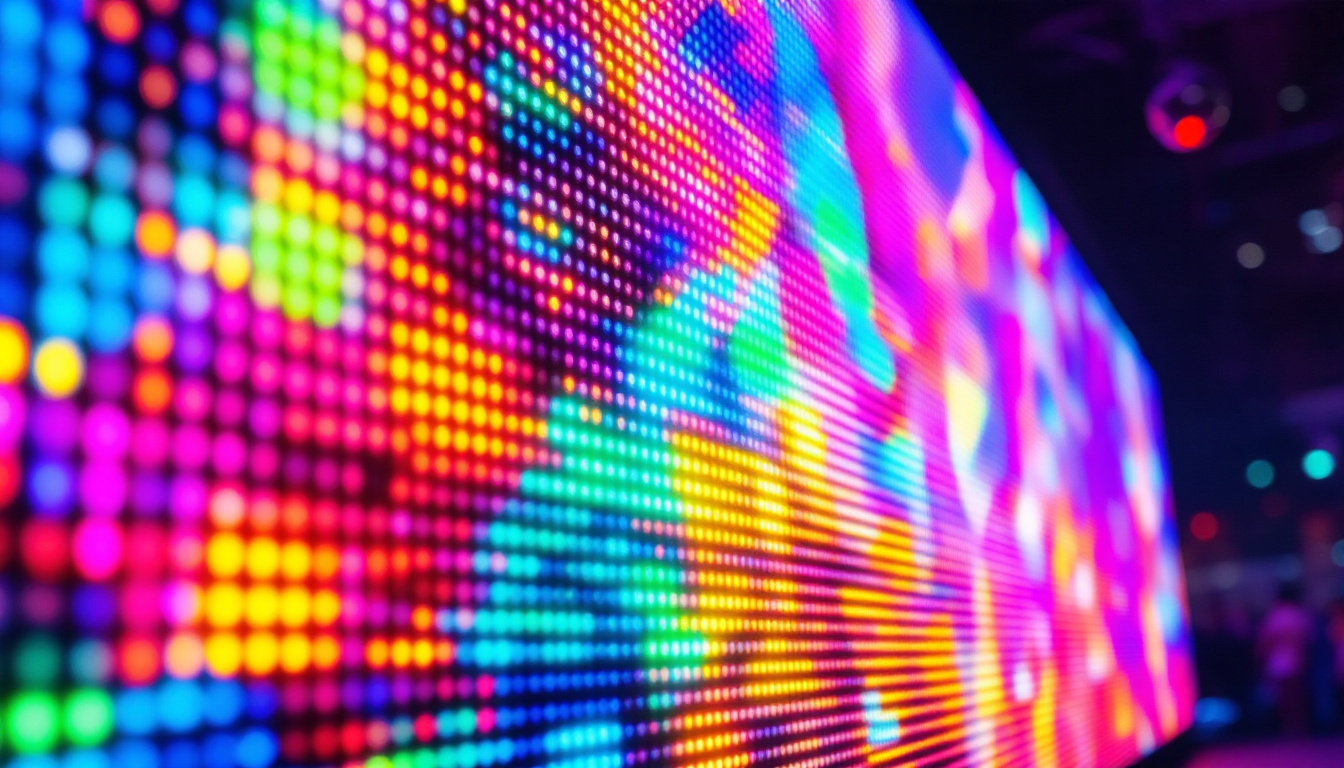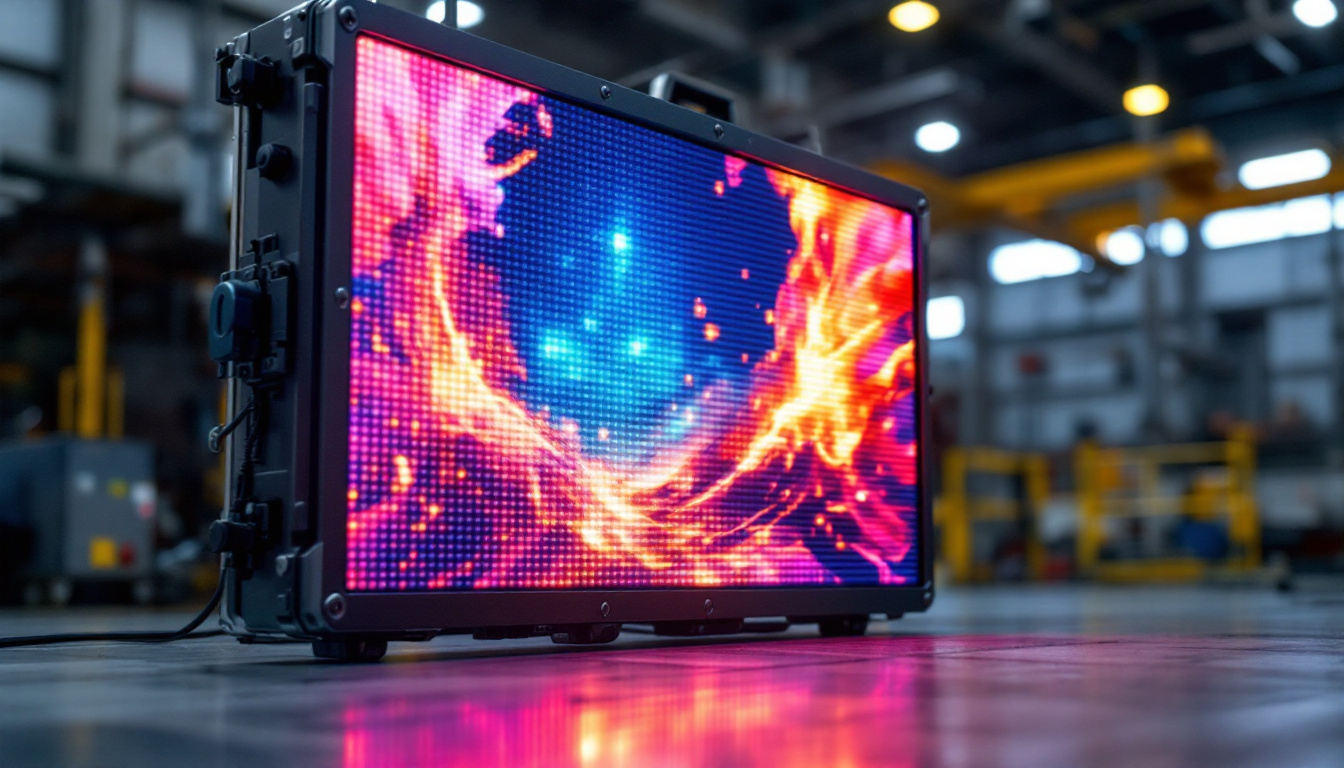In the rapidly evolving landscape of industrial technology, display solutions have become a critical component for operational efficiency, safety, and communication. Among these, industrial projectors equipped with LED displays have emerged as a powerful tool, offering durability, brightness, and versatility that traditional projection systems often lack. This article delves into the fundamentals of industrial LED projectors, exploring their technology, benefits, applications, and considerations for selection and maintenance.
Understanding Industrial LED Projectors
Industrial LED projectors are specialized projection devices designed to meet the rigorous demands of industrial environments. Unlike conventional projectors that typically use lamps or lasers, these projectors utilize Light Emitting Diodes (LEDs) as their primary light source. This fundamental difference impacts their performance, longevity, and suitability for various industrial applications.
How LED Technology Works in Projectors
LEDs produce light through electroluminescence, where an electric current passes through semiconductor materials, emitting photons. This process is highly efficient, generating less heat and consuming less power compared to traditional lamp-based projectors. In an industrial LED projector, arrays of red, green, and blue LEDs combine to produce a full spectrum of colors, enabling vibrant and accurate image reproduction.
The solid-state nature of LEDs means they have a longer operational life, often exceeding 20,000 to 30,000 hours, which significantly reduces maintenance costs and downtime. Additionally, LEDs can be turned on and off almost instantly without the warm-up or cool-down periods required by lamp-based projectors, enhancing operational flexibility. This rapid response time is particularly beneficial in environments where quick adjustments are necessary, such as in manufacturing lines or during live demonstrations, allowing operators to adapt presentations or visual displays on-the-fly.
Key Features Distinguishing Industrial LED Projectors
Industrial projectors are engineered to withstand harsh conditions such as extreme temperatures, dust, moisture, and vibrations. The LED light source complements these features by offering:
- High Brightness and Contrast: Industrial environments often require displays that remain visible under strong ambient lighting. LED projectors provide high lumen output and excellent contrast ratios, ensuring clear visibility.
- Robustness and Reliability: The absence of fragile components like mercury lamps makes LED projectors more durable and less prone to failure.
- Energy Efficiency: Reduced power consumption aligns with industrial goals for sustainability and cost savings.
- Compact and Lightweight Design: LED technology allows for smaller, more portable projectors that can be integrated into various industrial setups.
Moreover, many industrial LED projectors come equipped with advanced connectivity options, including HDMI, USB, and wireless capabilities, facilitating seamless integration with other devices and systems. This versatility is crucial in modern industrial settings where multiple technologies must work together efficiently. Additionally, some models feature built-in software for image adjustment and calibration, allowing users to fine-tune projections to suit specific environments or applications. This level of customization ensures that the projector delivers optimal performance, regardless of the challenges posed by the surrounding conditions.
Another significant advantage of industrial LED projectors is their ability to support various projection formats and resolutions, including 4K and beyond. This capability is particularly valuable in industries such as architecture, engineering, and design, where high-resolution images can enhance presentations and improve collaboration. The clarity and detail provided by these projectors can make a substantial difference in conveying complex information, ensuring that all stakeholders have a clear understanding of the project at hand.
Advantages of LED Displays in Industrial Projectors
The integration of LED technology in industrial projectors brings several distinct advantages that directly impact operational efficiency and user experience.
Longevity and Reduced Maintenance
One of the most significant benefits of LED projectors is their extended lifespan. Traditional projector lamps typically last between 2,000 and 5,000 hours, requiring regular replacements that can disrupt operations and incur costs. In contrast, LED light sources can function reliably for over 20,000 hours, minimizing maintenance frequency and associated downtime.
This durability is particularly valuable in industrial settings where continuous operation is essential, such as manufacturing plants, control rooms, and logistics centers. The reduced need for lamp replacements also lowers the environmental impact associated with disposing of hazardous lamp materials.
Superior Image Quality and Visibility
Industrial environments often present challenges like bright ambient lighting and large viewing distances. LED projectors address these challenges by delivering high brightness levels, often exceeding 5,000 lumens, and superior color accuracy. This ensures that critical information displayed—such as safety warnings, operational data, or process visuals—is clearly visible and easily interpreted by personnel.
Moreover, LED projectors maintain consistent brightness over their lifespan, unlike lamp-based systems whose brightness diminishes over time. This consistency supports reliable communication and monitoring, which are vital for safety and productivity.
Energy Efficiency and Environmental Impact
Energy consumption is a growing concern in industrial operations, both from cost and sustainability perspectives. LED projectors consume significantly less power—up to 50% less—compared to traditional lamp-based projectors. This efficiency contributes to lower operational costs and aligns with corporate social responsibility initiatives aimed at reducing carbon footprints.
Additionally, LEDs do not contain hazardous substances like mercury, which is common in projector lamps. This makes LED projectors safer to handle and dispose of, further enhancing their environmental credentials.
Applications of Industrial LED Projectors
Industrial LED projectors are versatile tools that serve a wide range of applications across various sectors. Their robustness and performance make them suitable for environments where traditional display technologies might fail.
Manufacturing and Process Monitoring
In manufacturing plants, real-time display of production metrics, machine status, and quality control data is essential. Industrial LED projectors can project large, clear images onto walls or screens, enabling operators and supervisors to monitor processes at a glance. This visibility supports faster decision-making and reduces the risk of errors.
For example, automotive assembly lines use LED projectors to display assembly instructions and safety alerts directly on work surfaces, enhancing worker efficiency and safety compliance.
Control Rooms and Command Centers
Control rooms in industries such as energy, transportation, and utilities rely heavily on visual data to manage complex systems. LED projectors provide high-resolution, bright displays that can be scaled to large video walls, facilitating comprehensive situational awareness. Their ability to operate continuously with minimal maintenance is crucial for these mission-critical environments.
Training and Simulation
Industrial training programs benefit from immersive visual aids. LED projectors can create detailed simulations and interactive presentations that help trainees understand complex machinery or safety protocols. Their vibrant colors and sharp images enhance engagement and knowledge retention.
Outdoor and Harsh Environments
Many industrial operations take place outdoors or in challenging environments where dust, moisture, and temperature extremes are common. Industrial LED projectors are designed with protective housings and cooling systems that enable reliable performance under such conditions. They are used for outdoor signage, construction site monitoring, and emergency response coordination.
Choosing the Right Industrial LED Projector
Selecting an appropriate industrial LED projector requires careful consideration of several factors to ensure it meets the specific needs of the application.
Brightness and Resolution Requirements
Assess the ambient lighting conditions and viewing distances to determine the necessary brightness (measured in lumens) and resolution. Higher brightness is essential for well-lit environments, while resolution impacts the clarity of detailed information. For example, a control room displaying complex schematics may require Full HD or higher resolution.
Durability and Environmental Ratings
Evaluate the projector’s ingress protection (IP) rating and certifications for dust, water, and shock resistance. Industrial settings with exposure to harsh elements demand projectors with robust enclosures and reliable cooling mechanisms to prevent overheating.
Connectivity and Integration
Consider the types of input and output interfaces needed, such as HDMI, DisplayPort, or network connectivity, to ensure seamless integration with existing industrial systems. Some projectors offer advanced features like remote monitoring and control, which can be valuable for centralized management.
Maintenance and Support
Investigate the manufacturer’s support services, warranty terms, and availability of replacement parts. Given the critical nature of industrial operations, prompt technical support and easy access to components can minimize downtime.
Maintenance and Best Practices for Industrial LED Projectors
Proper maintenance extends the lifespan and performance of industrial LED projectors, safeguarding the investment and ensuring consistent operation.
Regular Cleaning and Inspection
Dust and debris can accumulate on lenses and cooling vents, impairing image quality and causing overheating. Routine cleaning with appropriate materials and inspection for physical damage are essential. Industrial environments may require more frequent maintenance schedules compared to office settings.
Monitoring Operating Conditions
Maintaining optimal temperature and humidity levels within the projector’s operating specifications prevents premature component failure. Many industrial projectors include sensors and alerts to notify operators of adverse conditions.
Firmware Updates and Calibration
Keeping the projector’s firmware up to date ensures access to the latest features and security patches. Periodic calibration of color and brightness settings maintains image accuracy, which is particularly important for applications involving critical data visualization.
Future Trends in Industrial LED Projection Technology
The industrial projection market continues to evolve, driven by advances in LED technology, smart manufacturing, and digital transformation initiatives.
Higher Brightness and Resolution
Emerging LED materials and designs are enabling projectors with even greater brightness and ultra-high-definition resolutions, supporting more detailed and dynamic visualizations in complex industrial environments.
Integration with IoT and AI
Future industrial LED projectors are expected to integrate more deeply with Internet of Things (IoT) networks and artificial intelligence (AI) platforms. This will allow predictive maintenance, adaptive brightness adjustments based on environmental conditions, and enhanced interactivity.
Energy Harvesting and Sustainability
Innovations in energy harvesting and low-power operation will further reduce the environmental impact of industrial projectors. Solar-powered or energy-recycling systems may become viable for remote or off-grid industrial sites.
Conclusion
Industrial LED projectors represent a significant advancement in display technology for demanding industrial environments. Their combination of durability, energy efficiency, high brightness, and superior image quality makes them indispensable tools across manufacturing, control rooms, training, and outdoor applications. By understanding the technology, benefits, and selection criteria, industrial operators can leverage LED projectors to enhance safety, productivity, and communication in their facilities.
As LED technology continues to advance, industrial projectors will become even more capable, integrated, and sustainable, solidifying their role as a cornerstone of modern industrial operations.
Discover LumenMatrix LED Display Solutions
Ready to elevate your industrial environment with the latest in LED display technology? LumenMatrix offers a comprehensive range of LED display modules tailored to your unique needs. From enhancing brand visibility with our Indoor and Outdoor LED Wall Displays to creating dynamic visual experiences with our Vehicle, Poster, Sports, Floor, and Custom LED Displays, our solutions are designed to captivate and engage. Embrace the future of visual communication with our All-in-One and Transparent LED Displays. Check out LumenMatrix LED Display Solutions today and transform your space with unparalleled clarity and impact.

